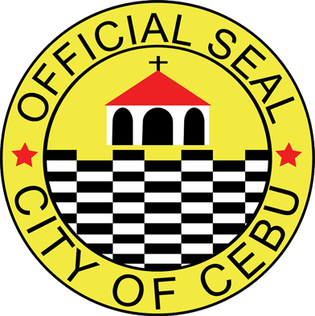Cebu City

Executive Brief
Land Area : 315.00 km2 (121.62 sq mi)
Population : (2015) Census
• City 922,611
• Rank 5th
• Density 2,900/km2 (7,600/sq mi)
• Metro 2,849,213
• Metro density 2,700/km2 (6,900/sq mi)
Income Class : 1st city income class
Capital : Cebu City
Chartered Cities : 6
Component Cities : 7
Municipalities : 6
Barangays : 80
The name Cebu came from the word “SEBU” meaning animal fat. Long before the coming of the Spaniards, it was a fishing village ruled by Rajah Humabon.
Cebu metamorphosed in more ways than one, but always for the better. From a sleepy fishing village to a fledging trading port in 1521, from the first Spanish settlement named Villa del Santisimo Nombre de Jesus in 1575 to a municipality in 1901, Cebu finally became a chartered city on February 24, 1937. Being the first and oldest city in the country antedating Manila by 7 years, having the oldest school and oldest street and being the cradle of Christianity in the Far East (i.e. Magellan’s cross planted in Cebu as a symbol of natives embracing the Christian faith), Cebu is replete with historical firsts.
Miguel Lopez de Legazpi then urged men to construct the oldest and smallest fort in the country: Fort San Pedro. As Spain intensified its colonization efforts, indignant islanders showed opposition by way of intermittent attacks against the colonizers. The rebellion paved the way to the construction of Fort San Pedro, a Spanish military stronghold.